The NHS feels it is important to move away from a ‘one size fits all’ approach to support. Instead, we want personalised care to be the norm for everyone.
We have identified six ways to offer good personalised care:
Working together to make decisions about your support
This may be referred to as ‘shared decision making’, it means you work together with a practitioner and those close to you to make decisions about what support is right for you. It is a joint conversation between you, as an expert in your own experience and the practitioner who offers expert guidance and support relating to your health and wellbeing needs.
Decisions sh ould be based on your needs, situation and what matters to you. You will discuss the support options, potential risks and benefits, alongside your goals. This is particularly important when there is more than one suitable option available and you need to weigh up the best plan for you.
ould be based on your needs, situation and what matters to you. You will discuss the support options, potential risks and benefits, alongside your goals. This is particularly important when there is more than one suitable option available and you need to weigh up the best plan for you.
You should receive clear information so you understand your options and can make informed decisions about what support will help you to live your best life.
Support to choose the right support for you
Support that works for one person, may not suit you. Therefore, your options for support should be planned around your needs, skills and interests.
 ‘Enabling choice’ means you are supported to understand the options available to meet your health and wellbeing needs and receive information about the options in a way that is clear for you.
‘Enabling choice’ means you are supported to understand the options available to meet your health and wellbeing needs and receive information about the options in a way that is clear for you.
You should be treated as a person who has valuable skills, experience and strengths in order to make the decisions that are right for you. You should feel empowered to bring ideas around what you feel will support you. In some situations, a particular care or treatment option may not be suitable or available to you. Practitioners should discuss this with you and clearly explain why that is.
You are not left alone to choose what support is right for you, instead you explore the options with practitioners and those close to you. Together, you should identify problems to be solved or decisions that need to be made and weigh up the benefits and risks, so a decision can be made about the best support for you.
Helping you to manage your health and wellbeing through improved knowledge, skills and confidence
This is referred to as ‘supported self-management’, it means you are given the tools needed to better manage your condition, so you have more control over your health and the life you live. You should receive clear information about your condition and together with a practitioner, discuss what this means for you.
You might receive strategies or coaching in things that could help you, this is referred to as ‘health and wellbeing coaching’. Or you could be put in contact with someone who has lived experience of the same health condition as you, this is called ‘peer support’.
This support aims to empower you to understand more about your condition and find ways to best manage your health and live independently.
Connecting you to help and support in your local community
Many things can affect our health and wellbeing; such as loneliness, stress or money problems. Sometimes it could be the stress of managing different long-term conditions. Social Prescribing can help. Through social prescribing you are connected to emotional and practical support in your local community; this could be activities, services, social groups or advice.
You meet with a link worker (also called a social prescriber) who talks to you about your needs and what matters to you. Together you consider the options available in your community and plan what will help you. The link worker connects you to the chosen support, either through an onward referral or possibly joining you at a session. This video explains more about social prescribing. You can access easy-read information about social prescribing here.
Social prescribing varies in each borough. In some boroughs you can self-refer, in other boroughs you are referred by a practitioner. If you would like to know how you can access social prescribing, talk to a member of staff at your GP practice or use this map to find your local service. To find out more about social prescribing in your area please click on the links below:
Creating a plan for your support
 A conversation (or multiple conversations) between you, a practitioner and those close to you, to plan the support you need is called ‘personalised care and support planning’. When planning your support, you should talk about:
A conversation (or multiple conversations) between you, a practitioner and those close to you, to plan the support you need is called ‘personalised care and support planning’. When planning your support, you should talk about:
- your needs
- what matters to you
- what is and isn’t working for you
- your skills and interests.
You will be supported to understand the choices available to you and together make decisions about the help you need. You are encouraged to think creatively around what could help you to be well and stay well, and weigh up the different options to make a plan for your care and support.
Key parts of personalised care and support planning:
- You are involved in creating and agreeing your plan and can choose to involve those close to you too.
- Conversations and planning are based around what matters to you and your health and wellbeing needs.
- Together with practitioners you agree the goals for your plan.
- Your plan is written down and can be shared with you and others involved in your support.
Your plan is reviewed at arranged times and when requested.
Personal Health Budgets
A Personal Health Budget (PHB) is an amount of money to support your health and wellbeing needs. Together with your practitioner you will plan your wellbeing goals and the support you need to work towards your chosen goals; this could be personal care, equipment, or services. There is a lot of flexibility around how the PHB can be used, as long as it is safe and legal.
 Once the budget has been agreed, you are set up with a budget to purchase the support you need, with help if necessary.
Once the budget has been agreed, you are set up with a budget to purchase the support you need, with help if necessary.
Some people have a right to have a PHB to support their health and wellbeing needs. You can find out more about PHBs in South East London here.

